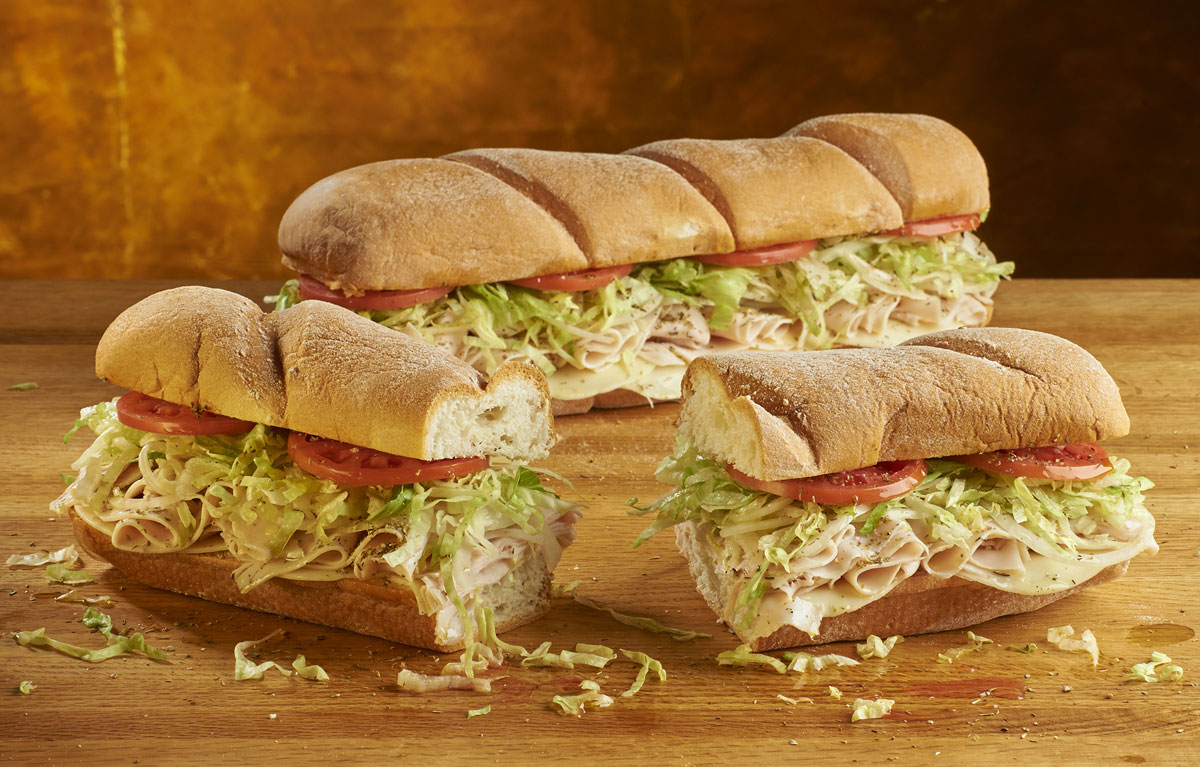With COVID-19 making delivery and curbside pickup often the only way to connect with customers, restaurant operators must continue to do everything in their power to enhance loyalty with all customers, including those with dietary restrictions such as celiac disease and non-celiac gluten intolerance. However, the desire to tap into the demand for gluten-free dishes is often accompanied by trepidation over whether the foodservice can safely meet the needs of patrons wanting gluten-free options in an economically viable and safe way.
In my experience, many nationwide quick-service restaurants and large restaurant chains have done this successfully by following these five key steps:
Be ready to make the safety commitment
When gluten-free dining first took off, many restaurants assumed it would be a passing trend. As a result, implementing best practices for preparing gluten-free dishes often took a back burner to preventing bacterial contamination. Several years later, demand has stood the test of time and more restaurants are prioritizing gluten-free food preparation. If you’re thinking about offering a gluten-free menu, be prepared to fully commit to the safety preparation required for serving gluten-free dishes.
Make sure written procedures are in place
The next step to a successful gluten-free menu is taking best practices for food handling and committing them to writing. Having written procedures ensures that you apply best practices across the board, even if you operate multiple facilities. Written procedures also provide new and inexperienced staff with a point of reference to safely prepare and serve gluten-free dishes. For franchises, having written policies and procedures is even more critical as different operators require a standardized set of practices to maintain branding consistency, as well as food safety.
Train the staff to handle gluten-free dishes
Relying on policies stored in binders or computer systems isn’t very practical during peak periods. Thus, implementing a comprehensive training program is another essential ingredient to a successful gluten-free program. When new employees join your restaurant, have them shadow an experienced mentor who can walk them through your procedures, step-by-step.
Once you’ve shown your staff the ropes for handling gluten-free dishes, perform regular reviews to make sure they’re putting what they have learned into practice. When training staff, stress the importance of treating gluten-free ingredients and prep areas with the same level of care you take with fresh meats. For someone with celiac disease, cross-contact with gluten poses a health risk every bit as serious as salmonella poisoning.
Work with what you already offer to create gluten-free options
Creating gluten-free menus is easier than you might think. Many items on a regular menu can easily be made gluten-free. To determine where to fit in your new gluten-free offering evaluate existing menu items to find those opportunities or highlight ones you already offer without having to reinvent the wheel. For example, if you serve acai bowls or other dishes that are naturally gluten-free, that is a great place to start.
Ensure the necessary resources are allocated
You also want to consider whether you have the appropriate resources. Chains often have an easier time rolling out gluten-free dishes, simply because they have enough time, personnel and money to do things correctly. Controlling supply chains is another area where corporate chains have an advantage, because they can lock down ordering systems and establish protocols for ensuring that orders are consistently correct.
While restaurant chains may have the edge when it comes to controlling their supply chain, it’s still important to conduct due diligence with your suppliers. Inform vendors that you are serving gluten-free items and stress the importance of obtaining prior approval before making substitutions.
A close 6: See the value of pursuing certification
Certification can be an invaluable resource for restaurant chains that offer gluten-free dishes. Many quick-service and chain restaurants already have policies and procedures that can be readily adapted to gluten-free food service. In such cases, certification can be accomplished with a minimal investment of time and money.
For fast casual restaurants, serving gluten-free dishes has been proven to be an important part of a growth strategy. The key is to evaluate the unique requirements of your business and to create an infrastructure for safely handling gluten-free dishes from start to finish. Taking the right steps and implementing the right training and policies, you can keep patrons coming back by serving a recognizably safe gluten-free menu whether you operate a single location or multiple facilities nationwide.
Lindsey Yeakle, Gluten-Free Food Service (GFFS) Program Manager, Food Safety, for the nonprofit Gluten Intolerance Group (GIG), has a culinary history working at 4-star and 4-diamond rated restaurants, and she founded Alligator Pear Personal Chef Service. A celiac disease diagnosis encouraged Yeakle to attend culinary school at Indiana University of Pennsylvania Academy of Culinary Arts to learn how to design dishes for all types of dietary needs and restrictions. In June 2016, Yeakle decided to use her background and education to help the gluten-free community by working with GIG. For more information, visit www.gffoodservice.org.












